This article was medically reviewed by Luba Lee, FNP-BC, MS. Luba Lee, FNP-BC is a Board-Certified Family Nurse Practitioner (FNP) and educator in Tennessee with over a decade of clinical experience. Luba has certifications in Pediatric Advanced Life Support (PALS), Emergency Medicine, Advanced Cardiac Life Support (ACLS), Team Building, and Critical Care Nursing. She received her Master of Science in Nursing (MSN) from the University of Tennessee in 2006.
There are 14 references cited in this article, which can be found at the bottom of the page.
wikiHow marks an article as reader-approved once it receives enough positive feedback. In this case, 91% of readers who voted found the article helpful, earning it our reader-approved status.
This article has been viewed 40,969 times.
If you suspect you have appendicitis, now is not the time for home remedies. You should seek immediate medical attention because a ruptured appendix can lead to a serious infection. However, doctors do treat appendicitis with antibiotics, so you may be sent home, where your doctor should advise you on what medications you can take safely. If you do have your appendix out, you can take steps to reduce your pain, by doing things like supporting your abdomen when you move around.
Steps
Seeking Medical Care
-
1Go to the emergency room if you have severe pain. If you have sudden, severe pain in your abdomen, you should visit the emergency room. Your appendix may have ruptured, which requires medical attention.[1]
- Specifically, pay attention to pain in your lower right abdomen or pain that starts at your navel and moves to your lower abdomen. It generally gets worse if you move or cough.
- You may notice other symptoms, too, such as nausea, vomiting, fever, bloating, diarrhea, constipation, or loss of appetite.
- Don't ignore the pain in your abdomen, even if you don't think it's severe enough to be appendicitis. It's better to get checked out by a medical professional just in case.
-
2Expect tests when you visit the doctor. If you're just having intermittent abdominal pain, you should still see the doctor. The most common test is an abdominal ultrasound to look for an inflamed appendix. You may also have blood tests, urine tests, a pelvic exam, and a rectal exam, depending on what your doctor suspects the problem is.[2]Advertisement
-
3Learn the diagnosis. If it is appendicitis, your doctor may take a wait and see approach, as long as your appendicitis hasn't burst or it isn't too inflamed. If you prefer this approach, talk it over with your doctor.[3]
-
4Discuss antibiotics with your doctor. In some cases, doctors are reaching for antibiotics to treat an inflamed appendix. About 3/4 of the time, the patient doesn't need to have their appendix out. The antibiotics help treat the inflammation and relieve the pain.[4]
- If antibiotics don't help within 24 hours, you'll likely need to undergo surgery to have your appendix removed.
Treating Appendix Pain
-
1Skip taking pain medications unless prescribed by a doctor. While you want to get rid of the pain, if you take pain medications, you may not be able to tell if the pain gets worse. If your appendix bursts, you need to return to the doctor, and you need to know when that happens, which is what the pain will tell you.[5]
-
2Ask what medications you can take. If you are sent home from the hospital, ask what it's appropriate to take. Your doctor may give you a prescription for pain medications if they think you aren't close to rupturing, in which case you can take the medication to relieve pain.[6]
-
3Avoid taking laxatives or enemas for constipation. While appendicitis can cause constipation, taking laxatives or enemas may result in your appendix rupturing. Talk to your doctor about what it's safe to take with appendicitis.[7]
Removing the Appendix
-
1Discuss surgery to stop the pain. In the past, surgery was always the first course of action with appendicitis. It's still often the main treatment, and the benefit is it will stop the appendicitis pain after recovery. If you prefer to have your appendix out, discuss that option with your doctor.[8]
-
2Ask if you have an abscess. In some cases, if your appendix has ruptured, you may have developed an abscess. If that's the case, your doctor may need to drain it before you have surgery. In fact, you may need to wait a week or 2 to have surgery.[9]
-
3Expect them to start with laparoscopic surgery. Laparoscopic surgery is less invasive than traditional surgery. With this procedure, the doctor uses 1 to 3 small cuts in your abdomen, and then fills your abdomen with carbon dioxide so they can see. They take the appendix out through the small slits.[10]
-
4Know you may need an open appendectomy. Sometimes, you may not be able to have laparoscopic surgery. In that case, you'll need an open appendectomy, where the doctor makes an incision about 4 inches (10 cm) long.[11]
- For instance, if your appendix has burst and the infection has spread, you may need an open appendectomy instead of a laparoscopic surgery.
- Also, your doctor may need to change from a laparoscopic surgery to an open appendectomy mid-surgery.
Reducing Pain after Surgery
-
1Rest after your surgery. Avoid exerting yourself after your surgery. Rest for 3 to 5 days with a laparoscopic surgery. For an open appendectomy, you'll need to wait 10 to 14 days. You won't be able to return to normal activities until this time is up, and you may need to avoid strenuous activity for 4-6 weeks.[12]
-
2Use pressure to reduce pain when moving. If you're coughing or laughing, place a pillow over your abdomen. Press down lightly to support your appendix. You can also use this technique when you need to move.[13]
-
3Take your antibiotics. While antibiotics don't directly affect pain, they help rid your body of infection, which may be causing pain. Take any antibiotics given to you as prescribed by your doctor. Make sure you finish the round.[14]
-
4Use pain medications provided by your doctor. Your doctor will likely give you a prescription for pain medications like morphine, hydromorphone, or oxycodone. If they don't, ask for one. Talk to your doctor about what over-the-counter medications are appropriate, as well, and follow any directions given to you by your doctor.[15]
-
5Try guided imagery. While you'll likely be taking pain medications, taking your mind off the pain can help, as well. With guided imagery, close your eyes, and imagine yourself in some place you love. Fill your head up with that image. Think about what you see, smell, taste, hear, and smell. Focus on each sensation in turn.[16]
- Similarly, try distracting yourself with things you enjoy, like good music, chatting with friends, or a quiet activity like crocheting.
References
- ↑ https://health.clevelandclinic.org/how-to-tell-if-that-pain-is-your-appendix/
- ↑ https://www.facs.org/~/media/files/education/patient%20ed/app.ashx
- ↑ https://www.facs.org/~/media/files/education/patient%20ed/app.ashx
- ↑ https://my.clevelandclinic.org/health/diseases/8095-appendicitis
- ↑ https://my.clevelandclinic.org/health/diseases/8095-appendicitis/management-and-treatment
- ↑ https://www.nhs.uk/conditions/appendicitis/treatment/
- ↑ https://www.drugs.com/health-guide/appendicitis.html
- ↑ https://www.facs.org/~/media/files/education/patient%20ed/app.ashx
- ↑ https://www.nhs.uk/conditions/appendicitis/complications/
- ↑ https://www.facs.org/~/media/files/education/patient%20ed/app.ashx
- ↑ https://www.hopkinsmedicine.org/health/treatment-tests-and-therapies/appendectomy
- ↑ https://myhealth.alberta.ca/Health/aftercareinformation/pages/conditions.aspx?hwid=ug3573
- ↑ https://www.mayoclinic.org/diseases-conditions/appendicitis/diagnosis-treatment/drc-20369549
- ↑ https://myhealth.alberta.ca/Health/aftercareinformation/pages/conditions.aspx?hwid=ug3573
- ↑ https://my.clevelandclinic.org/health/articles/11307-pain-control-after-surgery
- ↑ https://www.mayoclinic.org/diseases-conditions/appendicitis/diagnosis-treatment/drc-20369549
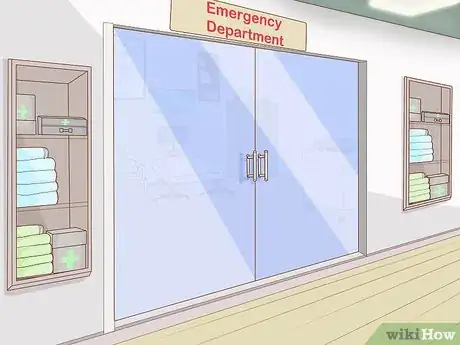
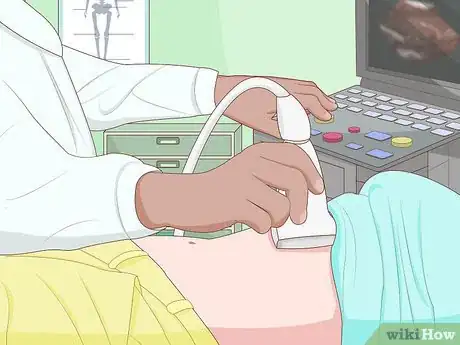
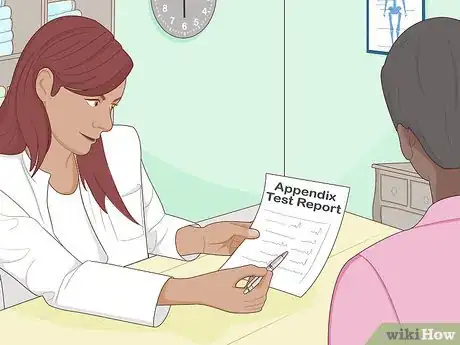
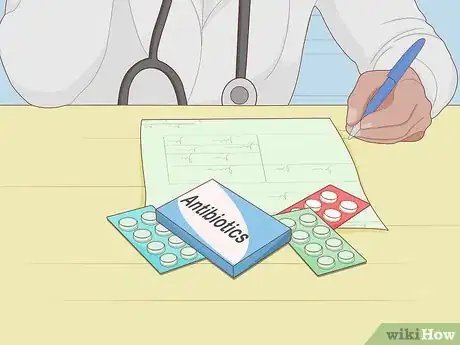
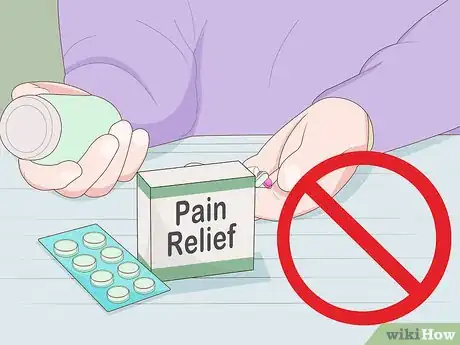
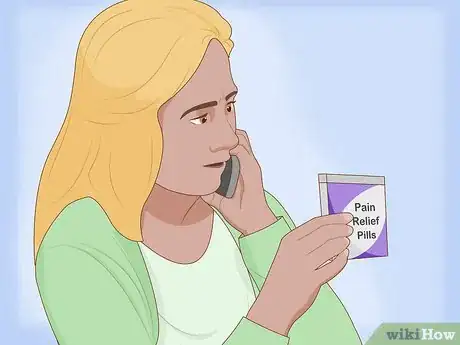
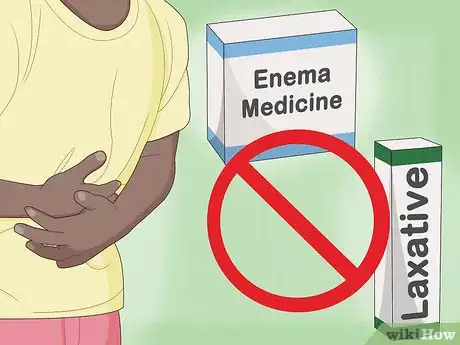
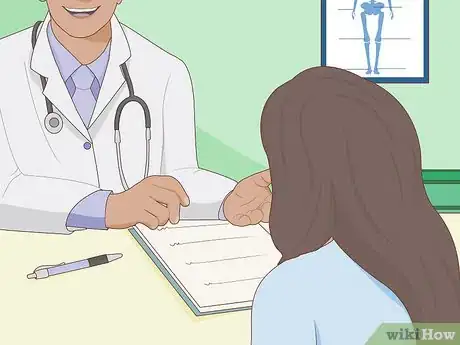
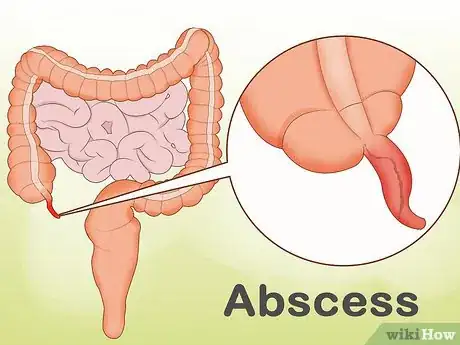
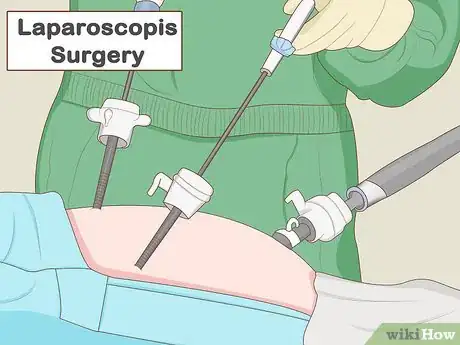
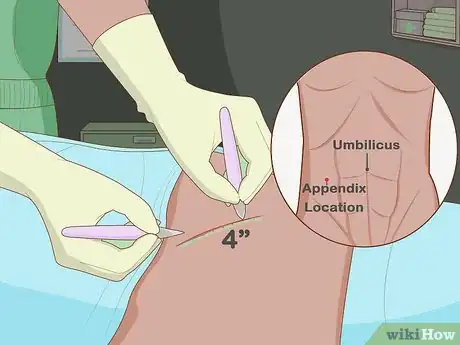
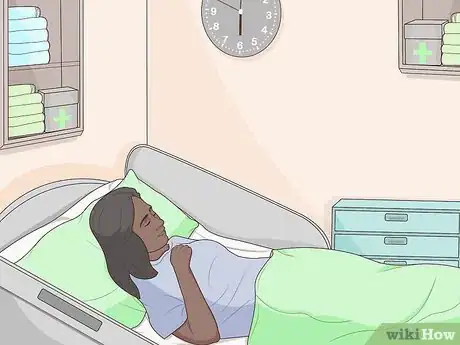
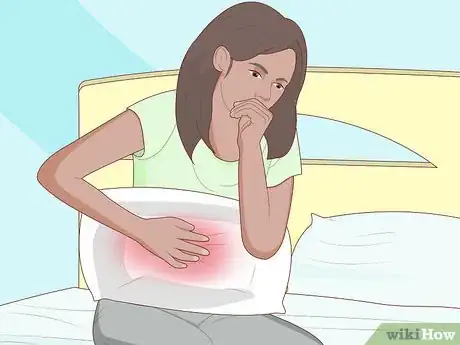
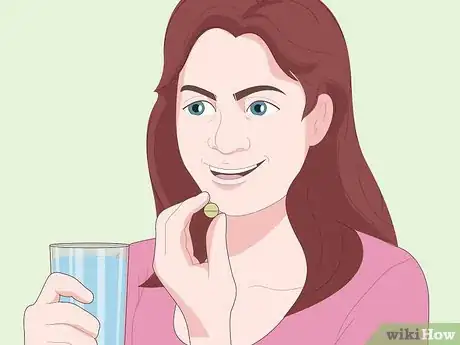
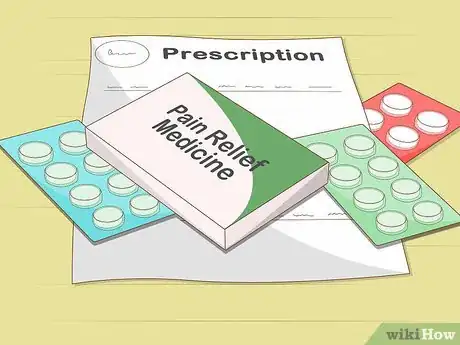
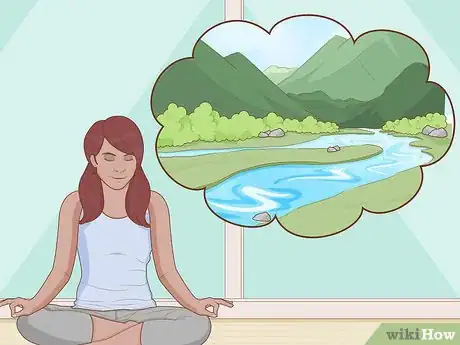
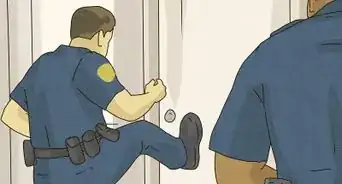


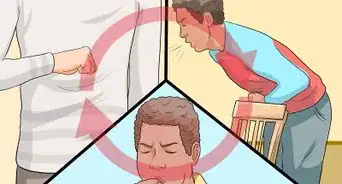
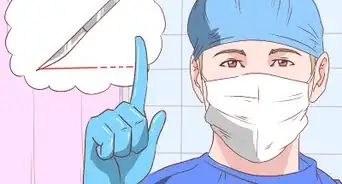



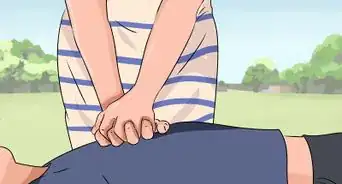
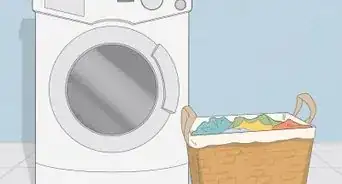











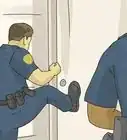

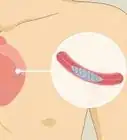





































Medical Disclaimer
The content of this article is not intended to be a substitute for professional medical advice, examination, diagnosis, or treatment. You should always contact your doctor or other qualified healthcare professional before starting, changing, or stopping any kind of health treatment.
Read More...